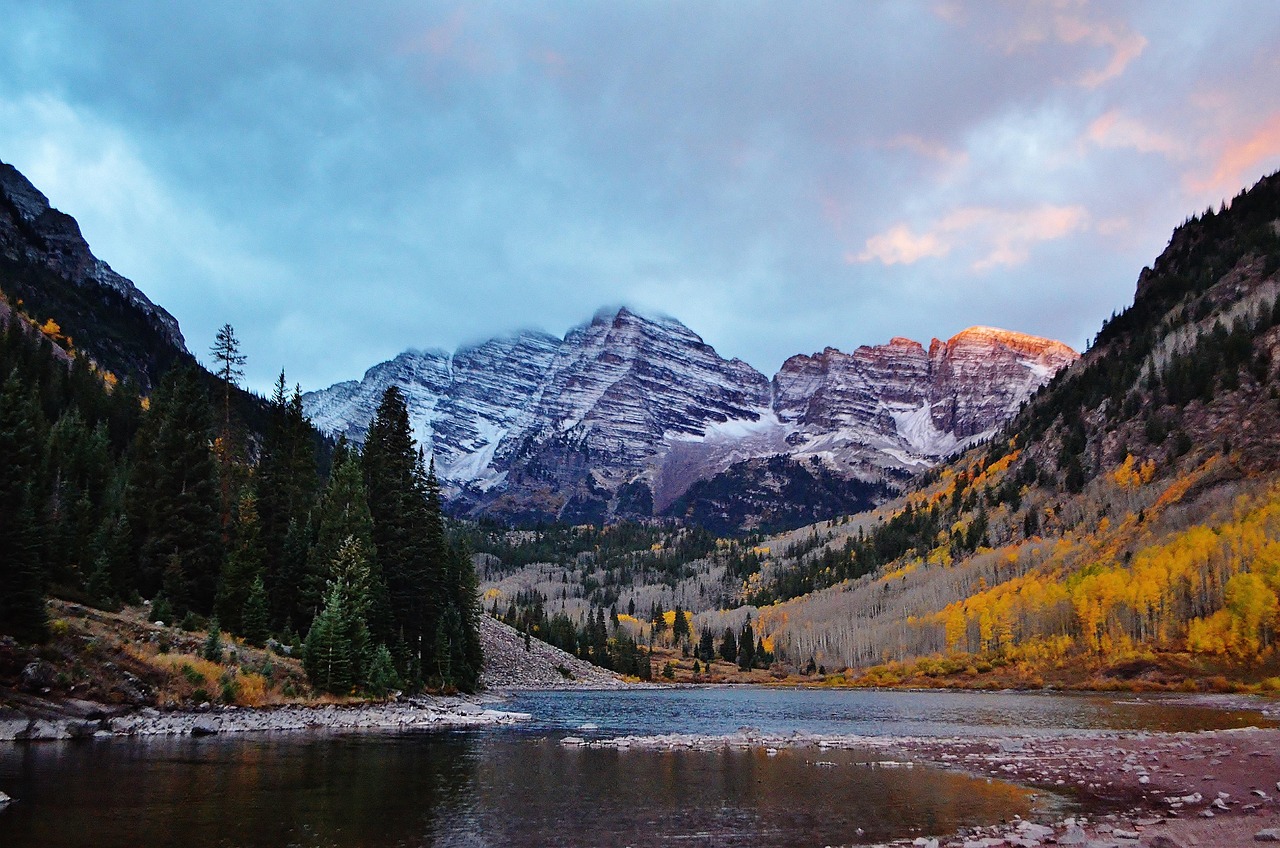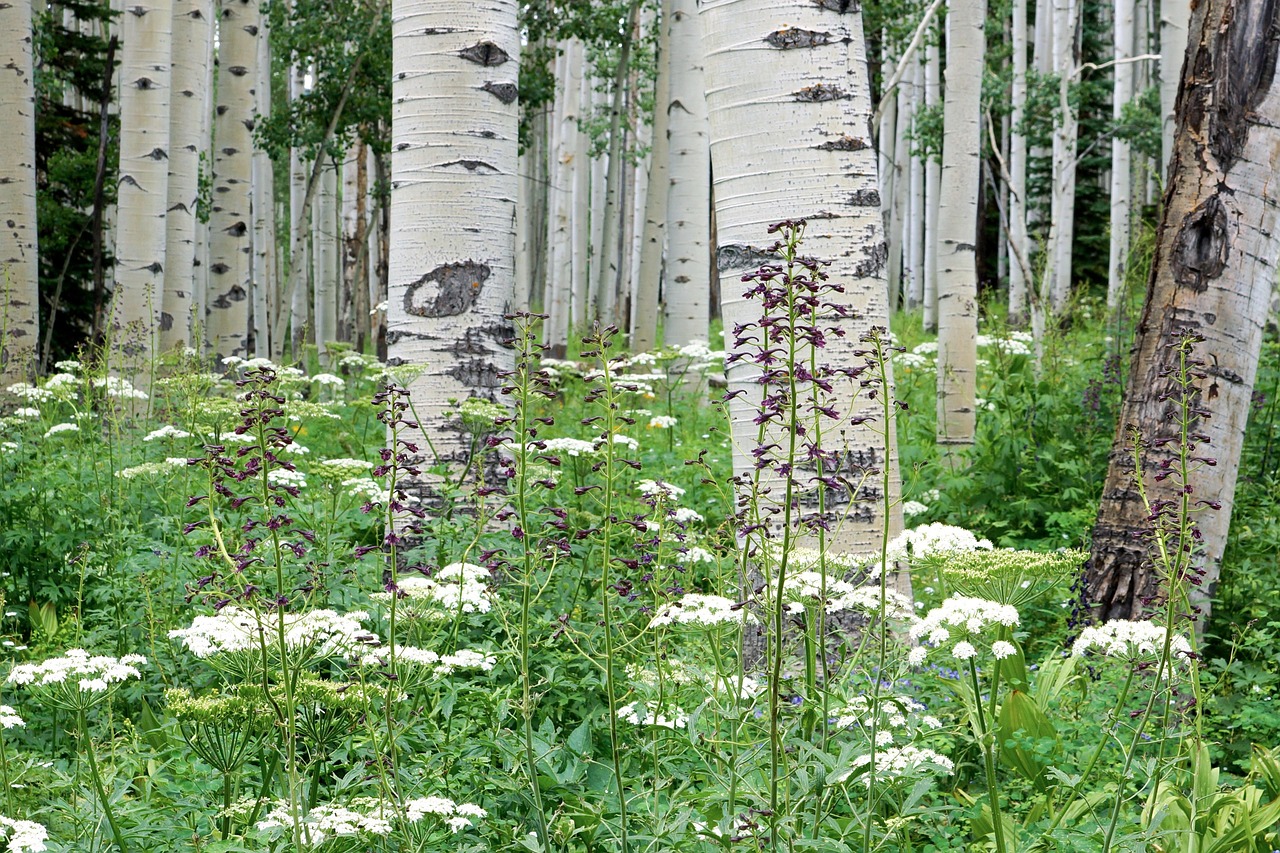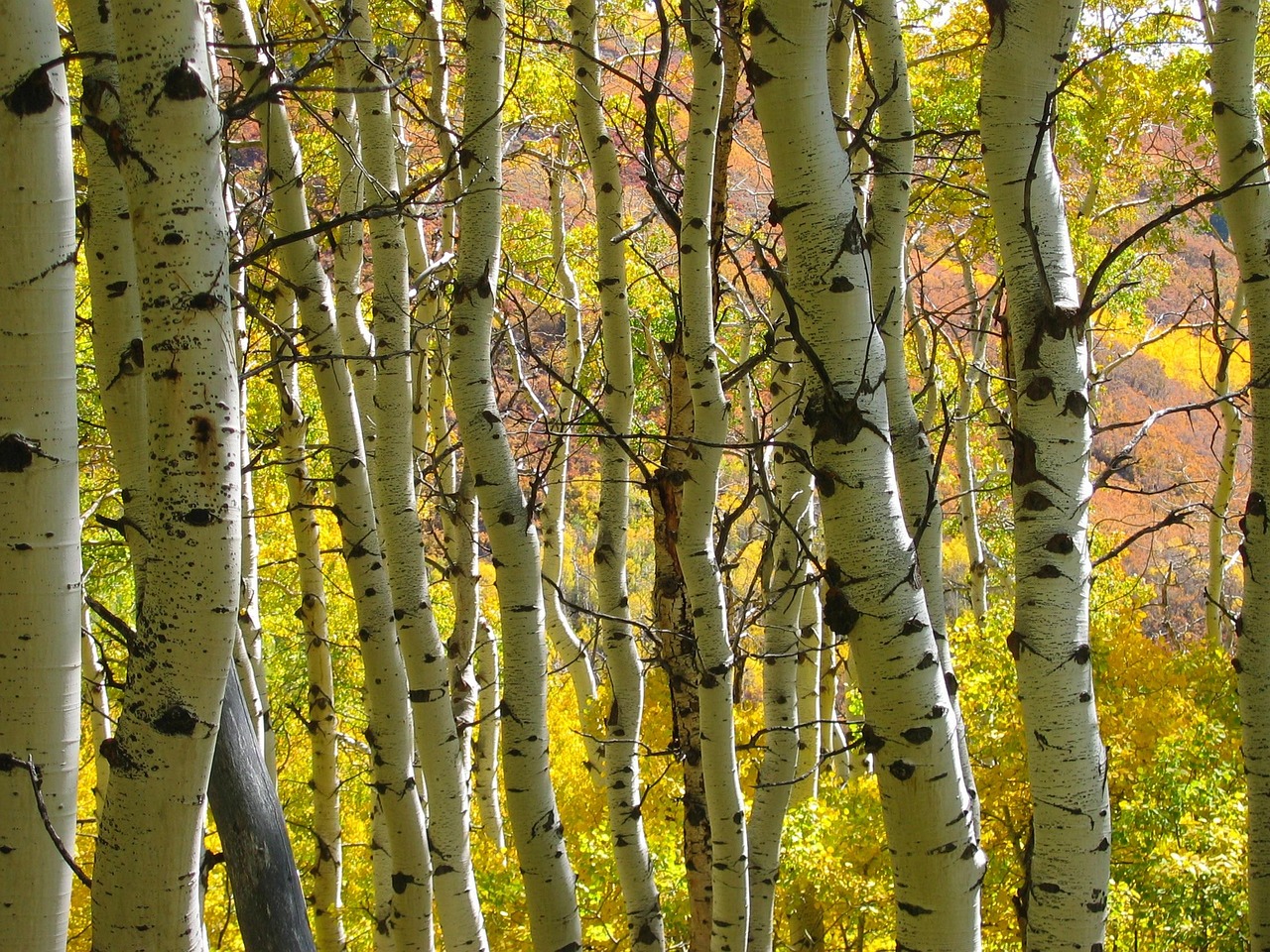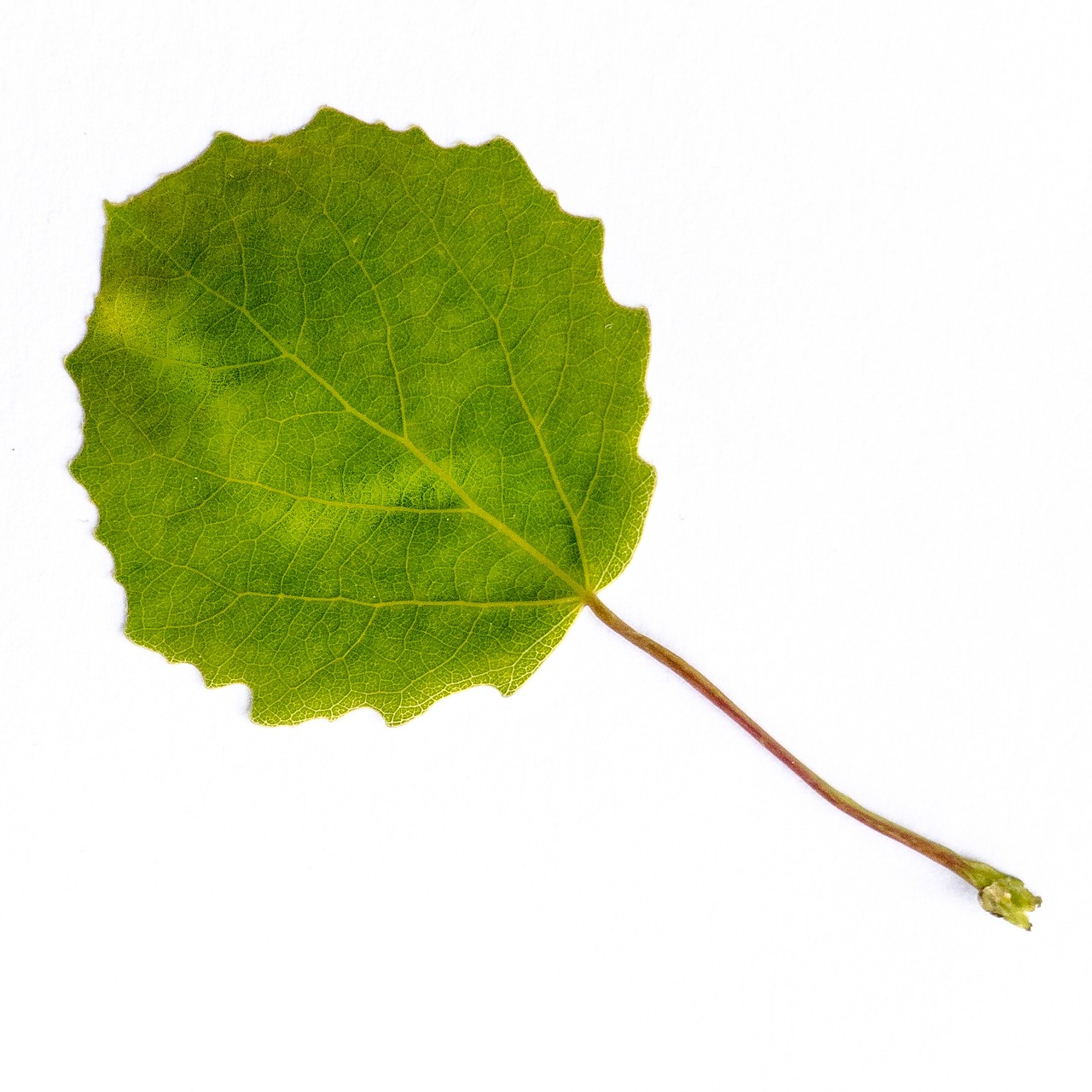Quaking aspen firewood is a fair choice for burning. It produces a moderate amount of heat and burns quickly, making it suitable for short fires. However, its lower density means it may not sustain long burns compared to denser hardwoods.
Quaking aspen, also known as Populus tremuloides, is a popular tree species found throughout North America. It is recognized for its white bark and vibrant yellow leaves in the fall. Many people who enjoy outdoor activities, such as camping and hiking, often encounter quaking aspen trees. However, its suitability as firewood is a topic of interest among homeowners and campers alike.
When considering quaking aspen as firewood, it is important to examine several factors, including its burning characteristics, availability, and potential benefits compared to other types of wood. Firewood choices can significantly affect heating efficiency and the overall experience of a fire, whether in a fireplace, wood stove, or campfire.
Burning Characteristics of Quaking Aspen

Quaking aspen firewood has unique burning properties that make it distinct from other wood types. Understanding these characteristics can help you make an informed decision about whether it meets your needs.
| Characteristic | Description |
|---|---|
| Heat Output | Quaking aspen produces moderate heat, typically around 18 million BTUs per cord. |
| Burn Rate | This wood burns quickly, making it ideal for quick fires but less suitable for long-term heating. |
| Smoke Production | It produces low amounts of smoke, which is beneficial for indoor burning. |
| Sparking | Quaking aspen tends to spark less than some other softwoods, reducing the risk of flying embers. |
One significant advantage of quaking aspen is its relatively low moisture content when properly seasoned. Dry wood burns more efficiently and produces less smoke. Seasoning wood means allowing it to dry out for at least six months to a year before burning. This process significantly enhances the burning quality of quaking aspen.
Another aspect to consider is the ease of splitting quaking aspen. This wood is generally easier to split than many harder woods due to its lighter density. This characteristic can be particularly beneficial for those who manually prepare their firewood.
Availability and Sustainability
Quaking aspen is widely available across North America. It thrives in various environments, from mountainous regions to plains. Its abundance makes it a practical option for those seeking firewood without extensive sourcing efforts.
Sustainability is an essential factor when selecting firewood. Quaking aspen grows rapidly and can regenerate after harvesting. This means that using quaking aspen for firewood does not typically lead to deforestation concerns if managed responsibly.
However, it is crucial to ensure that harvesting practices are sustainable. Many landowners and forest management programs advocate for responsible cutting practices that allow for continuous growth and regeneration of quaking aspen populations.
In summary, quaking aspen firewood has its pros and cons. It offers moderate heat output and quick burning time, making it suitable for certain situations. Its easy availability and sustainable growth patterns also contribute to its appeal among firewood options.
Comparing Quaking Aspen to Other Firewood Types
When choosing firewood, it’s beneficial to compare quaking aspen to other common firewood options. Understanding the differences can help you determine if quaking aspen is the right choice for your specific needs. Below are some common firewood types and how they stack up against quaking aspen.
| Wood Type | Heat Output (BTUs per cord) | Burning Characteristics |
|---|---|---|
| Quaking Aspen | 18 million | Moderate heat, burns quickly, low smoke |
| Oak | 25 million | High heat, long burn time, low smoke |
| Pine | 15 million | Low to moderate heat, burns fast, high smoke |
| Maple | 22 million | High heat, steady burn, low smoke |
From this comparison, it is evident that quaking aspen has a moderate heat output compared to denser hardwoods like oak and maple. While it burns quickly, it may not provide the sustained heat that some users prefer for longer fires.
Pros and Cons of Quaking Aspen Firewood
Like any firewood option, quaking aspen comes with its own set of advantages and disadvantages. Understanding these can inform your decision-making process.
Pros
- Availability: Quaking aspen is abundant in many regions, making it easy to find.
- Easier Splitting: Its lightweight nature makes quaking aspen easier to split compared to denser hardwoods.
- Low Smoke Production: When properly seasoned, it produces little smoke, making it suitable for indoor burning.
- Sustainable Resource: It grows back quickly after harvesting and can be managed sustainably.
Cons
- Lower Heat Output: Compared to hardwoods like oak and maple, quaking aspen offers less heat.
- Quick Burn Time: Its fast-burning nature means you may need to add wood more frequently during a fire.
- Not Ideal for Long Burns: It may not be the best choice for overnight fires or extended heating needs.
Best Uses for Quaking Aspen Firewood
Quaking aspen can be effectively used in various firewood applications. Here are some of the best scenarios where it shines:
- Campfires: Its quick-burning nature makes it an excellent choice for campfires, providing warmth and ambiance without a long wait.
- Short Heating Needs: If you need a fire for cooking or a brief gathering, quaking aspen can provide the necessary heat efficiently.
- Indoor Fires: Properly seasoned aspen can be used in wood stoves or fireplaces for short periods without creating excessive smoke.
Despite its limitations in long burning applications, quaking aspen can still play an essential role in your firewood selection. Knowing how to use it effectively can enhance your overall experience.
How to Prepare Quaking Aspen Firewood

Preparing quaking aspen firewood involves several steps to ensure that it burns efficiently and safely. Following these guidelines can help you get the most out of your firewood.

- Selecting the Right Logs: Choose straight logs without significant defects for easier splitting and better burning quality.
- Splitting: Use a maul or axe to split the logs into manageable sizes. Smaller pieces will season faster and burn more efficiently.
- Seasoning: Allow the wood to dry for at least six months. Store split wood in a dry, sunny location, preferably off the ground to promote airflow.
- Curing: Consider stacking the wood in a way that allows air circulation around each piece to further aid in moisture evaporation.
By following these preparation steps, you can maximize the benefits of quaking aspen firewood and enjoy its unique characteristics in your fires.
Safety Considerations When Burning Quaking Aspen
While burning quaking aspen firewood can provide a pleasant experience, it is essential to follow safety precautions. Proper handling and awareness can prevent accidents and ensure a safe environment for you and your loved ones.
Fire Safety Tips
- Use a Proper Stove or Fireplace: Ensure your fireplace or wood stove is designed for burning wood. It should have proper ventilation to minimize smoke buildup.
- Check for Creosote Buildup: Regularly inspect and clean your chimney or stovepipe. Burning any wood, including quaking aspen, can produce creosote, which is a fire hazard.
- Keep a Fire Extinguisher Handy: Always have a fire extinguisher nearby when burning wood. Familiarize yourself with how to use it in case of an emergency.
- Avoid Burning Treated Wood: Never burn treated or painted wood, including quaking aspen, as it can release harmful chemicals into the air.
- Maintain a Safe Distance: Keep flammable materials away from the fire. This includes furniture, decorations, and even curtains.
Environmental Impact of Burning Quaking Aspen
Understanding the environmental impact of burning quaking aspen firewood is vital for responsible usage. While it has several benefits, it also has implications that need consideration.
Carbon Footprint
Burning firewood releases carbon dioxide (CO2) into the atmosphere. However, quaking aspen is a renewable resource, and when harvested sustainably, it can lead to a lower carbon footprint compared to fossil fuels. Here are some factors to consider regarding its carbon emissions:
- Regeneration: Quaking aspen trees grow quickly and can absorb CO2 during their growth cycle, helping to offset emissions.
- Local Sourcing: Using locally sourced firewood reduces transportation emissions, making it a more environmentally friendly option than imported fuels.
- Seasoned Wood: Burning properly seasoned wood minimizes smoke and particulate emissions, contributing to cleaner air quality.
Air Quality Considerations
While burning quaking aspen produces lower smoke than some other woods, it is still essential to consider air quality. Here are some key points regarding air quality when using quaking aspen firewood:
- Smoke Emissions: Even with low smoke production, burning wood releases particulates that can affect air quality. Use seasoned wood to reduce these emissions.
- Indoor Air Quality: Ensure proper ventilation in indoor settings when burning wood. Poor ventilation can lead to smoke accumulation, which may pose health risks.
- Compliance with Regulations: Be aware of local regulations regarding wood burning. Some areas may have restrictions during high pollution days.
Storing Quaking Aspen Firewood
Proper storage of quaking aspen firewood is crucial for maintaining its quality and ensuring efficient burning. Here are some effective storage methods:
Best Practices for Firewood Storage
- Choose the Right Location: Store firewood in a dry area, away from moisture sources such as the ground or rain. A shed or covered area works well.
- Stacking: Stack wood off the ground using pallets or logs to allow airflow underneath, which helps keep the wood dry.
- Covering: Use a tarp or firewood cover to shield the top of the stack from rain and snow, while leaving the sides open for ventilation.
- Avoid Long-Term Storage: Firewood should ideally be used within a year of cutting. Older wood may lose its burning efficiency.
By following these storage practices, you can keep your quaking aspen firewood dry and ready for use when needed, maximizing its burning potential.
Additional Considerations for Quaking Aspen Firewood

Beyond the basic characteristics, safety tips, and storage practices, there are several additional factors to consider when using quaking aspen firewood. Understanding these aspects can enhance your overall experience and ensure you make the best use of this wood type.
Cost-Effectiveness
Quaking aspen can be a cost-effective firewood choice for many users. Here are a few reasons why:
- Low Acquisition Cost: In many regions, quaking aspen is abundant and can often be sourced at a lower price compared to hardwood options like oak or maple.
- Minimal Processing: Because it is easier to split and season, you may save on labor costs if you prepare the firewood yourself.
- Quick Availability: Its rapid growth cycle means that it can often be harvested sustainably without long waiting periods, allowing for a quick turnaround in supply.
Cooking and Grilling
Quaking aspen firewood can also be used for cooking or grilling, making it a versatile option for outdoor enthusiasts. Here are some benefits of using aspen for these purposes:
- Mild Flavor: Quaking aspen produces a mild smoke that does not overpower the natural flavors of food, making it suitable for grilling meats or vegetables.
- Consistent Heat: When properly seasoned, it provides consistent heat that is ideal for cooking without the need for frequent replenishing.
- Easy to Light: Its quick-burning properties make it easy to ignite, providing a fast start for grilling or cooking activities.
Local Regulations and Best Practices
Before burning quaking aspen or any firewood, it is essential to check local regulations. Some areas may have restrictions on burning wood due to air quality concerns or burn bans during certain seasons. Adhering to local laws not only ensures compliance but also promotes responsible burning practices.
Additionally, consider joining local firewood groups or forums. These communities often share valuable insights about sourcing, seasoning, and using various types of firewood effectively.
Conclusion
Quaking aspen firewood presents a unique combination of benefits and drawbacks. It offers moderate heat output, quick burning properties, and low smoke production, making it suitable for specific applications like campfires and short heating needs. Its sustainability and availability further enhance its appeal for those looking for an eco-friendly firewood option.
However, users should be aware of its limitations, particularly regarding longer burn times and heat output compared to denser hardwoods. Proper storage, seasoning, and following safety guidelines are crucial for optimal performance and safety. Overall, quaking aspen can be an excellent choice for many users, especially when matched with the right burning conditions and intended use.
By understanding quaking aspen’s characteristics and adhering to best practices, you can enjoy its benefits while minimizing potential drawbacks. Whether you are warming your home or enjoying a campfire under the stars, quaking aspen firewood can contribute to a pleasant experience.
